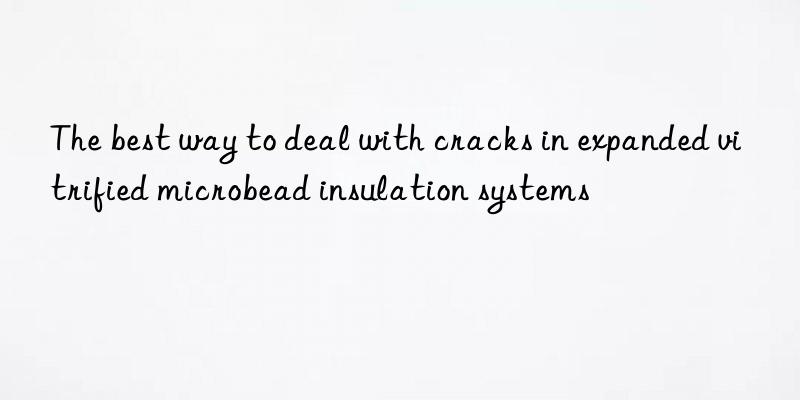
Causes of cracks in the expanded vitrified microbead insulation system
1. Directly using cement mortar as the anti-cracking protective layer: high strength, large shrinkage, and insufficient flexibility and deformability, causing cracks in the mortar layer;
2. The use of unqualified fiberglass mesh cloth such as: low crack resistance, low alkali resistance strength retention rate, large fracture strain, etc.; the square meter weight of the glass fiber mesh cloth (or galvanized steel wire mesh) is too low, the elongation The ratio is too large, the mesh size is too large or too small, the alkali-resistant coating of the mesh cloth is insufficient, or the thickness of the galvanized layer of the steel wire mesh is insufficient, the steel wires rust and expand;
Expanded glass Methods for dealing with cracks in chemical microbead insulation systems:
The anti-crack problem of the anti-crack protective layer is the main contradiction. Special anti-crack mortar must be used, supplemented by a reasonable reinforcing net, and an appropriate amount of polymer and fiber must be added to the mortar. It is effective in controlling the occurrence of cracks. The anti-crack protective layer composed of polymer anti-crack mortar and reinforced mesh cloth plays a key role in the anti-crack performance of the entire system.
</p

 微信扫一扫打赏
微信扫一扫打赏

